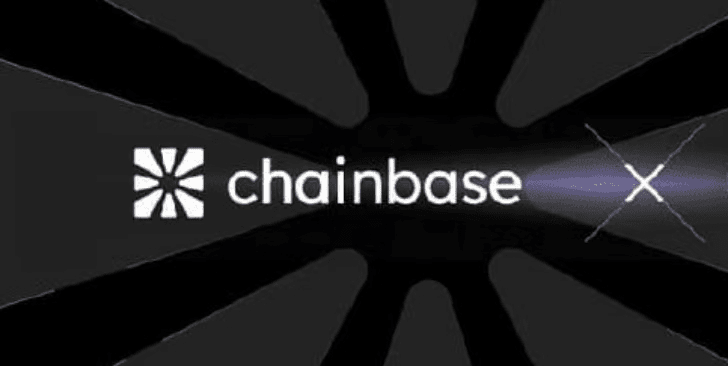Guys, recently studying the on-chain data of this Chainbase token, I discovered an interesting phenomenon — the API call volume of its blockchain data indexing protocol has quietly increased fivefold in three months, and the proportion of leading DApp teams using it is approaching half. What's more impressive is that the response speed for data queries is consistently stable at under 100 milliseconds. In today's era where Web3 applications increasingly rely on data efficiency, this is like giving developers a 'super engine'!
To be honest, there are more and more blockchain projects now, but data querying has always been a major challenge — either the cost of setting up your own node is ridiculously high, or using third-party interfaces is sluggish and often fails to retrieve complete historical data. The Chainbase team truly understands developer pain points. I reviewed their technical documentation, which uses a 'distributed sharding storage + real-time indexing optimization' architecture. In simple terms, it breaks on-chain data into small pieces stored across different nodes, allowing precise location during queries and automatically updating the latest block data. This efficiency is more than an order of magnitude higher than those outdated indexing tools. Developers using it to build DApps can save over half of the costs just on the data layer.
What makes me feel reliable? It's their design of the 'multi-chain data unified interface.' In the past, to check data from different chains like Ethereum, Polygon, and Aptos, you had to use different tools, and the formats were not standardized. Chainbase has directly created a universal interface, allowing you to query data from all chains with just one line of code, and it can automatically convert formats. This is a real liberation for cross-chain application developers.
What people are discussing in the community now are the progress of new chain data integration and suggestions for API functionality optimization. There aren't many people shouting 'pump' without reason. Projects that are genuinely building infrastructure are rare in today's market. For those studying the Web3 ecosystem, I recommend taking a look at its latest developer ecosystem report. These utility tokens, which are relied upon by a large number of projects, grow alongside the industry, and their long-term value cannot be wrong. $C
$C